6. After a long shift, EMT Huerta and Paramedic Yamaka are transporting an intoxicated man who was beat up at a party. The patient is cussing EMT Huerta for putting the oxygen mask on him when Paramedic Yamaka says, "Listen drunk, if you don't shut up I am going to knock you out!" This patient could make a case for ______________________ against Yamaka.
